What did Mary have to say that I think is so important?
Mary Hanna was completely inspired after the Paris Olympics and has already made very positive moves and plans to be involved in the Australian FEI World Championship team in 2026. And she has made very positive moves and plans – which are not necessarily one and the same – for her ongoing involvement in the 2028 Olympics in Los Angeles.
For me, the first critical takeaway is that there is no waffle or dreaming in what Mary has already done towards making these aspirations achievable. It is hardcore action now!

“Mary Hanna was
completely inspired after
the Paris Olympics.”
FIRST, SELECT YOUR HORSES
Mary has already selected horses for these two programs – the World Championships in 2026 and the Olympics in 2028. These horses I think will have been selected around three considerations: (A) appropriate training level; (B) appropriate age; and (C) appropriate quality. These are the three considerations most likely to be prioritised by Mary in the purchase of her new horses to give her a good chance of a successful journey to make the Australian team.
What constitutes an appropriate training level?
If you are selecting a dressage horse for the next World Championships in two years’ time, 2026, you really need to have your horse early Grand Prix right now or at least Prix St Georges, in my opinion. If you are selecting a dressage horse for the next Olympics in four years’ time, 2028, you have a little more room to move.
If you have a really nice young Grand Prix horse, then that is wonderful and you just have to make sure you look after the horse’s health and soundness and then work really hard and stalk in Grand Prix scores of around 71%. Easy!
At the other end of the scale, you could have a good Novice/Elementary level horse which could go through the grades sensibly in the next four years and certainly be ready to take part in the final Australian trials for 2028. Providing you are methodical and sensible, this is possible. Riders with a medium-level horse and above should be taking the Los Angeles Olympics in 2028 very seriously.

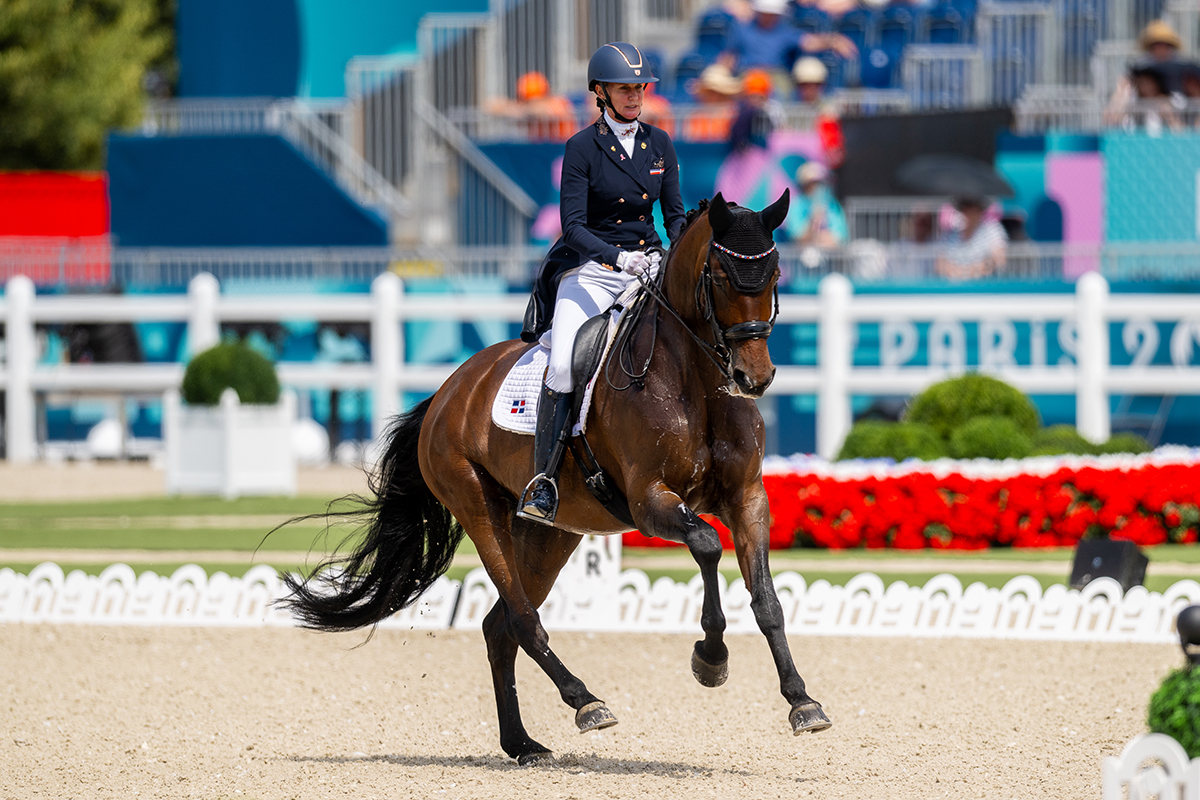
What constitutes an appropriate age?
For the World Championships in 2026, I think realistically your horse needs to be at least eight years of age now and not more than 16. At Paris the age of participating horses ranged from 8 (Maxima Bella, Poland) to 19 years of age (Aquamarijn, Dominican Republic). For the 2028 Olympics, I think you could realistically consider a six-year-old up to and including a 14-year-old.
What constitutes an appropriate quality?
This is the million-dollar question. I think at the Paris Olympics in the dressage discipline of 60 horses there was not one horse that wasn’t really well bred for dressage. Now, that is not yet the case in show jumpers or eventers, although I think that this also is changing and by Brisbane 2032 there might well be no exception in any of the disciplines.
The selective breeding programs going on today are very successful and are producing horses which are more and more compatible with the individual Olympic disciplines. Way more successful than any of us thought possible. The upside of this is that Australians are mad horse breeders, and with the advent of frozen semen you can source pretty much anything here in terms of young, well-bred dressage horses that you can source in the northern hemisphere. Also on the upside is that these horses in Australia are much, much cheaper than their counterparts in the northern hemisphere.
The problem in dressage is that some of these inheritable characteristics cannot be properly assessed until a good rider has put in two or three years of work. Now don’t get excited. You could have the best-bred dressage horse that still could not be an Olympic candidate. However, if your horse is not really well bred, it is pretty well guaranteed that it will not have a full Grand Prix resume with highlights where necessary. The single-most important talent in an Olympic dressage horse is piaffe and passage. To produce piaffe and passage, not only does a horse have to have talent but it absolutely must inherit technical execution. If your horse has wild talent for piaffe, that is wonderful; but it must do this straight without plaiting or stepping on its opposite foot when piaffing on the spot. Stepping on its own coronet bands is extremely painful and this will lead to extreme evasions. Fair enough, it hurts like mad!
As a rider you have a couple or more years of quiet, methodical training in front of you before you can get a look at your horse’s technical execution of piaffe and passage. If your horse is technically correct and the piaffe and passage inflicts no pain, then provided the horse is properly trained it will really try for you and that is gold… even if the horse is only mediocre in terms of talent.
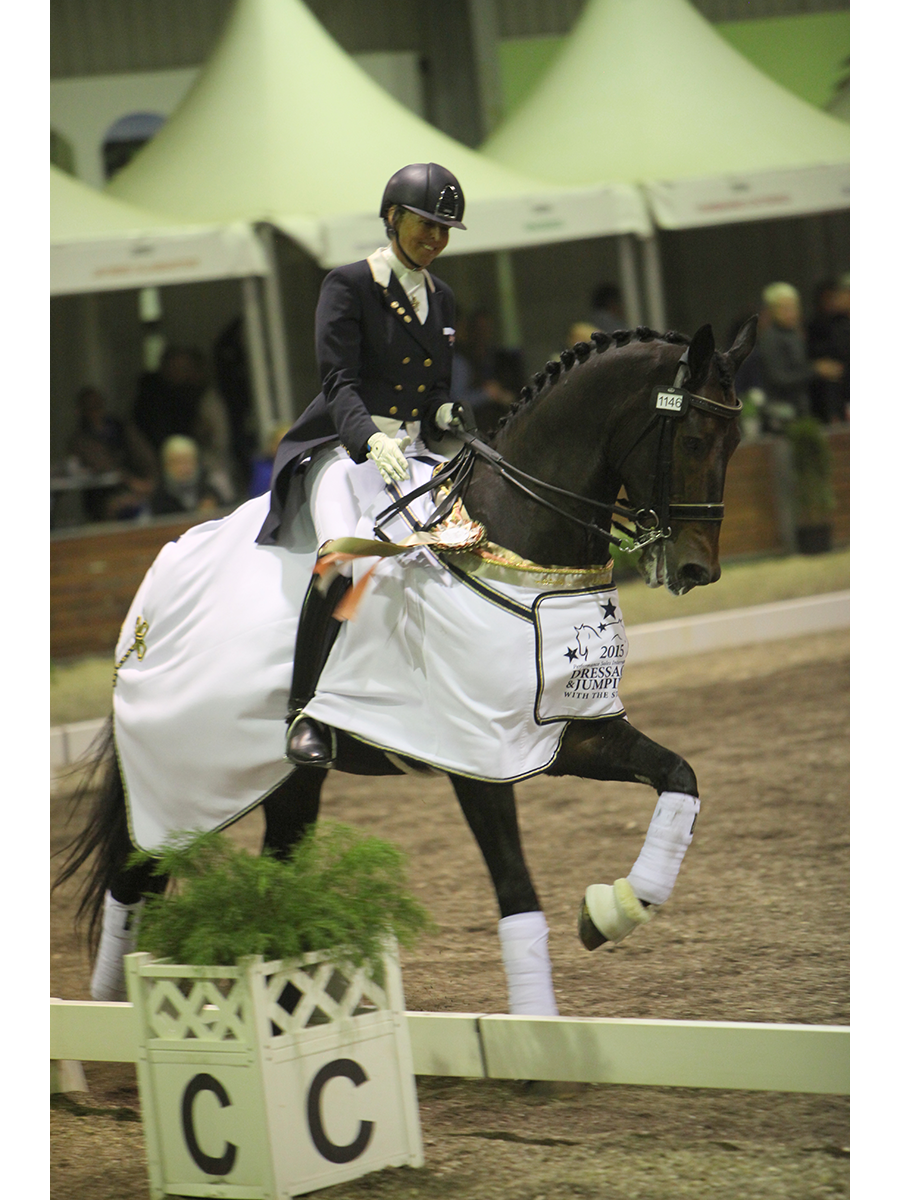

Mary Hanna for years and years would have horses by Jazz because of this innate technical ability of this family. Mary would say that the one thing almost all Jazz horses can do is Grand Prix dressage. She would often add that if you wanted to do something else with your Jazz horse, then she would be hesitant to recommend the Jazz line!
For those of you watching the Dressage at the Paris Olympics, one of the competitors, Blu Hors Zatchmo ridden by Caroline Chew for Singapore, started out really tense and semi out of control in the Grand Prix test. At the early stages of the test, the combination was trending a score of 15%. Embarrassing.
Anyway, to cut a long story short, the horse was a magical piaffe and passage machine. Beautiful! Blu Hors Zatchmo ended up scoring 63.357% in the Grand Prix – which is more than many of us in Australia can score even when we do a mistake-free Grand Prix. The piaffe and passage was sensational and the ability of these two movements to impact amazingly on the end score was really well demonstrated by Blu Hors Zatchmo and left a long-lasting impression on me.
We Australians have to all be riding horses that are really going to piaffe and passage. The breeding on Blu Hors Zatchmo went back to Blu Hors Zac on the sires’ side and Donnerhall on the dams’ side. Two bloodlines that are iconic for producing piaffe and passage.
Also important in terms of moves and talent and expression are the flying changes, the canter pirouettes and, to a certain extent, the half-passes. None of these qualities get evaluated in young horse classes. They only become available for evaluation after two or three years of skilled training. We as Australians have to come to terms with this. This does not mean that a young horse class winner is not any good for Grand Prix. But it does mean that there are lots of horses out there which will not be outstanding in young horse classes that do have Grand Prix potential and that are very likely to be missed by Australian riders unless they have an in-depth understanding of genetics.
What a nightmare! Assessing appropriate quality!

“I think everyone
does need to write
out a program.”
SECOND, SPELL OUT YOUR PROGRAMS
So, the second hardcore reality thing for me that comes out of Mary Hanna’s post “Reflecting on the 2024 Paris Olympics” is that she has produced two distinct programs: one for the 2026 World Championships and another for the 2028 Olympics. Taking the liberty to read between the lines, I think Mary has not just got this in her mind but has written these programs out.
Personally, I think everyone does need to write out a program. Of course, my first thought is that Mary is so experienced that we should be trying to get her to look at our national program going forward and make some suggestions and check it against the fact that without question Mary is going to be very effective and very practical with her programs. This question to me is an obvious one. The trouble is, there is no “National Program”. We spend a lot of money on High Performance but there is no national program, not even on paper.
Do not get mixed up with funding applications. Funding applications are not programs being passed on to the riders trying to make their way down slippery pathways to ride for Australia at World Championships or Olympics. So, forget a national program. We need to look at all individual Australian riders and their private programs.
Private programs?? I bet that apart from Mary Hanna there is not one Australian top rider or serious rider who has drafted out a tangible program on the computer or on paper going forward to the World Championships or Olympic Games. I do blame Australian High Performance for this through its negligence and inability to perceive the importance of these programs. This importance should, of course, have been conveyed to all of our squad riders, at least. Really, it should have been conveyed to all of our Australian riders who are the slightest bit interested.
I would say to everyone that Mary Hanna has an uncanny performance record of making Olympics and World Championship representations for Australia. She has just put that post up and said that she has drafted up high-performance programs. I think that every single rider out there in Australia with just the slightest chance for the 2026 World Championships and 2028 Olympics should do themselves a big favour and draft out a program.
How do you draft out your own high-performance program?
It’s not that difficult. Just because you don’t know what you are doing does not mean you cannot do something. All of us have had to muddle our way through different projects in life without really knowing what we were doing and they have turned out to be really important achievements and, in some instances, completely life changing.
Start backwards. List the goal posts, the year you have to convert through these goal posts, and the standard you have to achieve to emerge a winner.
So, let’s say, Los Angeles Olympics 2028. When do you have to produce scores that will get you selected on that team? Mostly, it will be as of from 1 January 2027 until end of June 2028. Just check out old selection criteria. Easy.
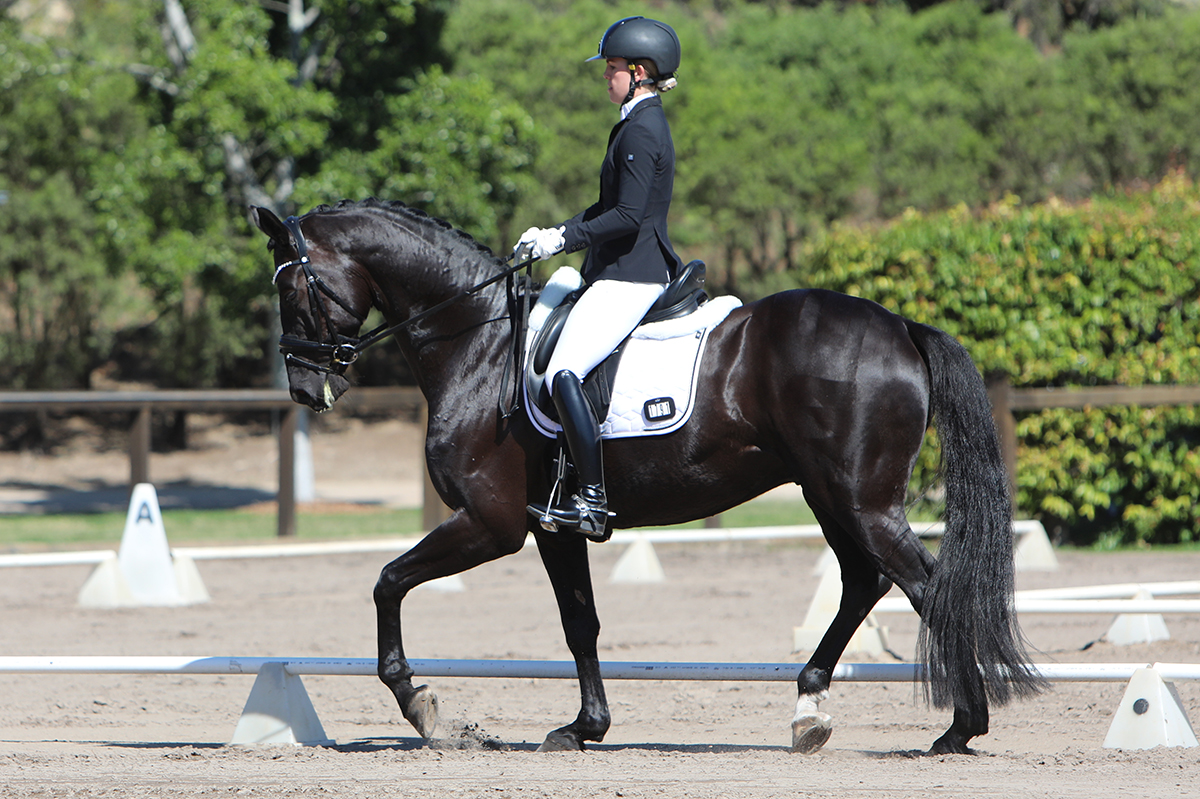
What sort of performances do you need? 71% in the Grand Prix, and I am saying that will get you picked. At Paris, 69% got William Matthew picked on the Australian Dressage Team.
How do you get 71%? You probably need to do this twice in that last 18-month selection period at a CDI, which is an internationally recognised show. Australia will probably host just maybe five CDIs a year. You need to be sharp about how many throws of the dice you get. The first CDI is usually Willinga Park Dressage by the Sea. Terry Snow unfortunately has passed away and so this show just might not happen by 2027. The next CDI is Dressage & Jumping with the Stars. The next CDI is Sydney CDI. The next CDI is Brisbane CDI. The next CDI is normally the Australian Dressage Championships, but it’s not this year classified as a CDI. The next CDI this year is Equitana. Equitana only happens every second year. Probably no Equitana in 2027. The Victorian Dressage Festival is the last CDI this year. In the last few years, the Dressage Festival has not been a CDI, so careful, careful.
So, you need at least two maybe three scores of 71% depending on the selection criteria which will come out hopefully by 1 January 2027. Do not trust Equestrian Australia to have selection criteria out on time, and this can impact for those of you not on high alert.
To be seasoned enough and to have had the time to put in an appropriate amount of work for 71%, I would suggest you should be trying to have your horse at Grand Prix by mid-2026, at least. So, by the end of 2025 it would be great if you were competing Prix St Georges/Intermediate 1. At the start of 2025, you need to be Medium to Advanced level. By the end of this year, 2024, it would be great if you were at least Novice/Elementary.
Some of you will have horses which are more advanced than Novice/Elementary at the moment and that does give you a little more breathing space. Just remember, if you injure your horse, that sure will stop a program! You need to absolutely prioritise your horse’s mental health and physical wellbeing above everything else.
How do you crack the 71% mark? Very few Australians to date have managed to do this in the Grand Prix. Again, I think this is something that few Australians have very much experience doing and basically you are doomed to doing what you don’t know what you are doing. It can be done. I think the answers will be in studying video footage from riders around Australia who are scoring high marks, even if it is in the lower levels. A really professional rider will do things differently and these can be mimicked. I think you need to put a video of yourself going through a test at home and then genuinely compare it to a professional doing the same test and getting a good score. The biggest critic you will run into is yourself. That is good as long as you do take the odd moment to celebrate progress. This will also be painful. No pain, no gain. I think you employ millimetre tactics. Just tiny little bits of progress. Do not go for the big improve. That is a killer. Millimetre tactics do grow.
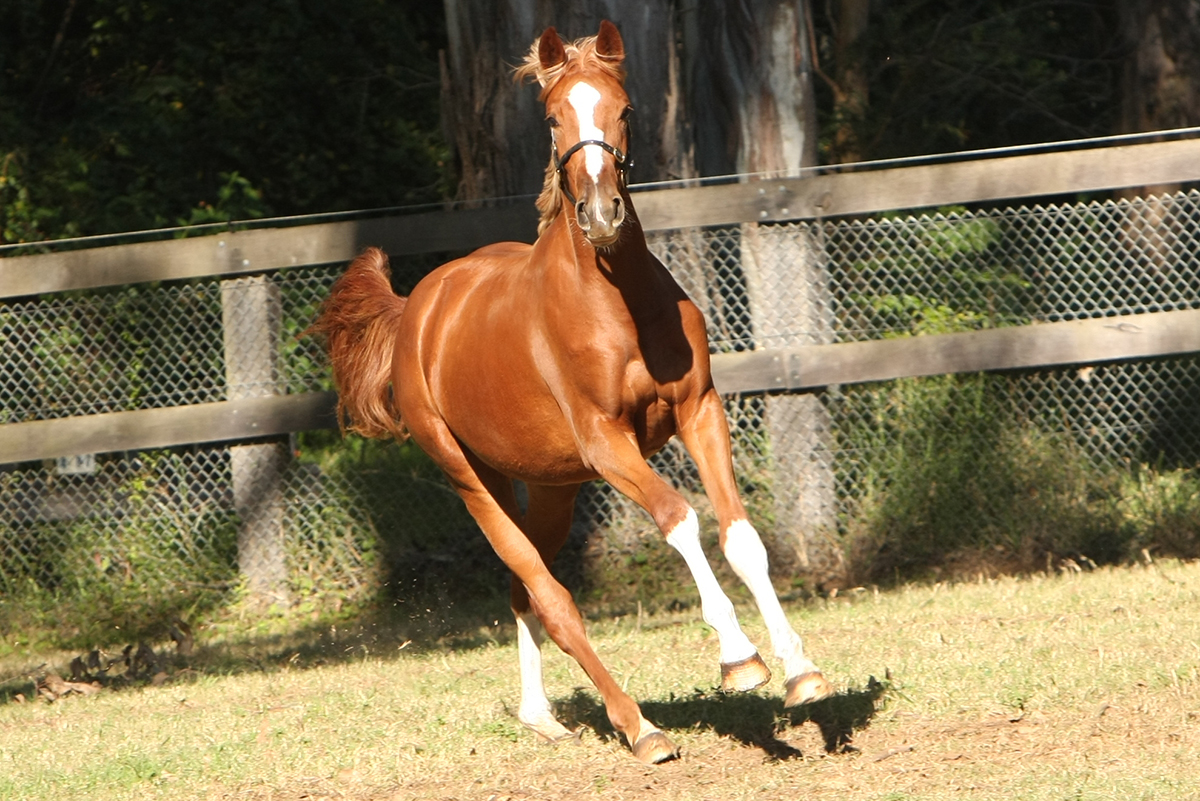
“The biggest single speed
bump that you have to
overcome is the flying change…”
If you can get into a growing situation or a nurturing situation, you do actually become eligible to inherit momentum. That is just a law of the universe. It is real. Sometimes, you can get so much momentum going that you have to hose yourself down and steady up. That is why you need a High Performance program so that you do not get out of control.
Perhaps the biggest single Grand Prix movement or speed bump that you have to overcome is the flying change. All other movements can be started in tiny little amounts and grown. The flying change is almost one of those things that you do it, or you don’t. Some horses can do it easily and some horses have a mind that just gets muddled. Especially in this move, try and talk to people who know what they are doing. Also keep in mind that all of these Grand Prix moves are done in the paddock but always associated with high levels of energy and high levels of emotion. The emotion is not that far away from insanity.
When you start training these movements, you will in the first instance go close to triggering away the natural emotion that is associated with these movements. Careful. You have to keep the horse’s confidence and let it understand that the emotion is to be replaced by the partnership between you and the horse. I honestly believe that if a horse understands what you are asking – and what you are asking is not painful – then the horse will do everything it can to help out. Isabell Werth says there is no such thing as a bad horse, it’s just that some horses are jolly difficult to communicate with.
I am also a firm believer that resistances in horses are a result of them trying to protect themselves. We need to understand that when we run into resistances. We all run into resistances. To be so good as a rider that a horse does not feel like he needs to protect himself is nearly impossible.
Nevertheless, this level of riding can never be achieved unless you just keep on trying. The horse will recognise a rider giving it their best shot. I know science is not totally comfortable with that idea but that is simply a reflection of science not yet being sophisticated enough to recognise these sorts of things. Your best shot trying to understand the horse and having harmony is worth its weight in gold.
“This level of riding can
never be achieved unless
you just keep on trying.”
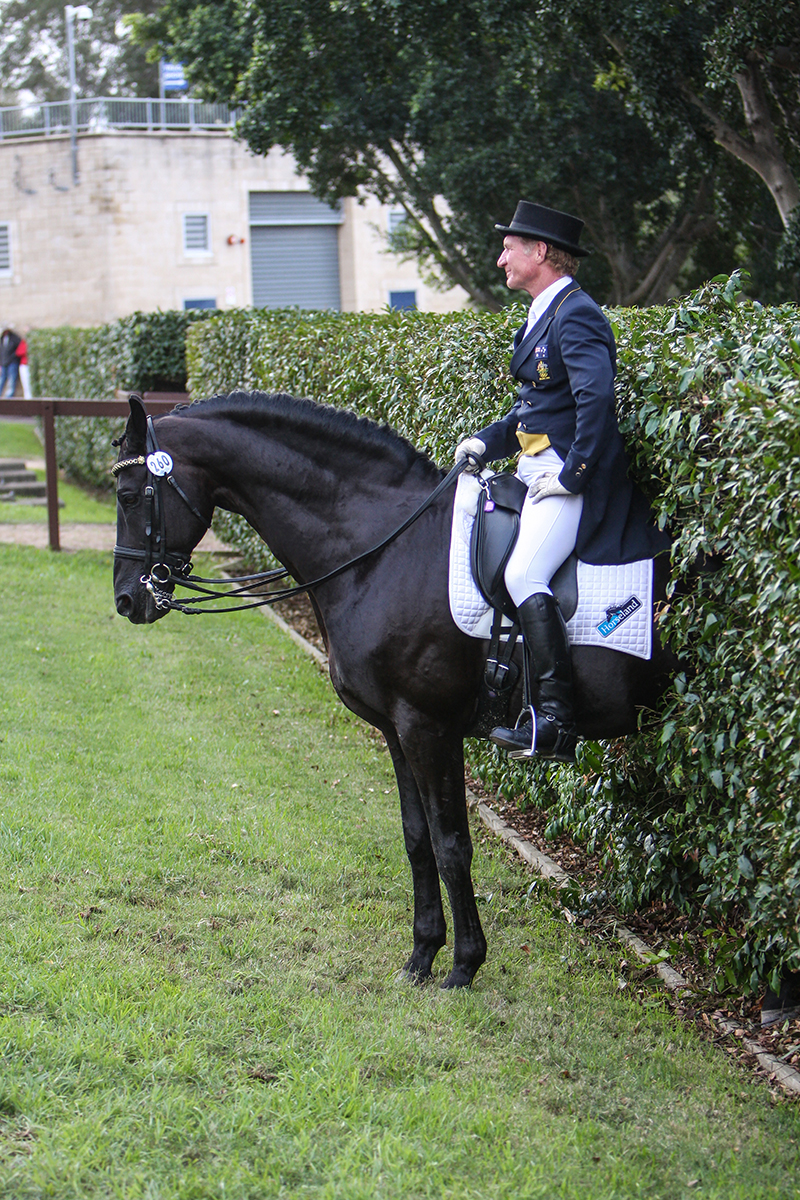
Anyway, there are some thoughts, and if you get together with friends and have brainstorming meetings, I am sure you can put together your own High Performance versions. I would like to point out that in the ’90s, the Australian eventers did rule the world for three consecutive Olympics. That was no fluke. Please do not think that any of us in that era knew what we were doing. In a way, no one knowing what they were doing was an advantage because when we implemented policy no one challenged us because no one knew better. We definitely did adopt a different approach to what the rest of the world was using, and Australia won three consecutive team gold medals. We did it then and we can do this gold medal thing again now, but it will take Australian determination and tenacity and the mongrel dog in us. Most of all, it has to embrace our love for our horses. Australian horsemanship.
Get your high-performance programs out of the ether and onto paper! EQ
Cheers,
Heath

